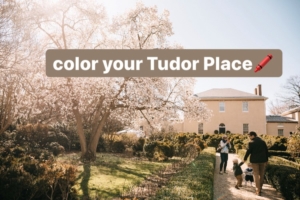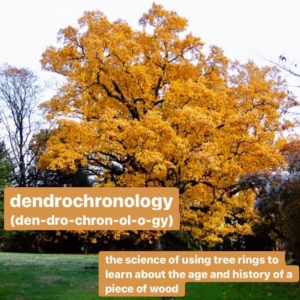Craft: Bee Finger Puppet
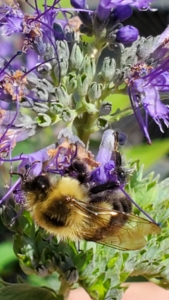
![]() Tudor Place has a hive of honeybees. Our hives are located on the South Lawn and home to a colony of bees. Different types of bees build their hives in different ways; some bees build their homes in trees and some bees build their homes in the ground. The hives at Tudor Place were built so that we could easily take out some of the extra honey for us to have. The bees here help pollinate our garden and keep it healthy and growing.
Tudor Place has a hive of honeybees. Our hives are located on the South Lawn and home to a colony of bees. Different types of bees build their hives in different ways; some bees build their homes in trees and some bees build their homes in the ground. The hives at Tudor Place were built so that we could easily take out some of the extra honey for us to have. The bees here help pollinate our garden and keep it healthy and growing.
Bees are insects that live all over the world. Like all insects, bees have two pairs of wings and six legs. Most bees are black and have yellow or brown markings on their body. Bees play an important role in our ecosystem. Bees are pollinators, meaning they help move pollen from flower to flower. Pollen is a fine powder that is needed for flowers to make seeds and fruit. In order for this to happen the pollen needs to be moved from the petals of the flower to the middle of the flower. Since the pollen cannot move itself, it needs the help of pollinators such as bees. When bees collect nectar from flowers to bring back to the hive, they help pollinate flowers by moving the pollen from flower to flower. Worker bees visit over 100 flowers every day and each visit pollinates another flower.
There are over 20,000 different types of bees, but the best-known bees are honeybees and bumblebees. Honeybees are very social insects. They live in large colonies that are able to last for years. During the spring and summer months, the bees focus on storing up honey they can eat during the winter. While the worker bees are collecting nectar, they will fly nearly five miles away before returning back to the hive. In order to collect enough nectar to produce one pound of honey, they need to visit 2 million flowers!
This summer you might see some bees flying around Tudor Place’s garden and pollinating the different flowers and plants. Here is how you can make your very own Bee Finger Puppet to fly around your own garden.
What you will need:
- yellow and white construction paper
- scissors
- googly eyes
- white pipe cleaner
- black and pink marker
- glue
First cut out a circle for the head of the bee and a larger oval for the body of the bee out of the yellow paper. Cut two wing shaped pieces out of the white paper. Draw black stripes on the larger oval and cut two small holes in the bottom of the oval that are big enough for your fingers to fit through.
Glue the smaller yellow head onto the top of black and yellow striped body, making sure that the holes are at the bottom. Then glue the two wings onto the back of the bee body, while making sure that they are close enough to the sides of the bee that they can be seen when you flip them over.
Glue your googly eyes onto the face of the bee and use markers to draw the rest of the face. Lastly, fold your pipe cleaner into a V and glue it onto the back of the bee head.
Vocabulary:
Ecosystem: the interactions between all the living and non-living things in a specific place.
Pollinator: An animal that helps move pollen from one plant to the next.

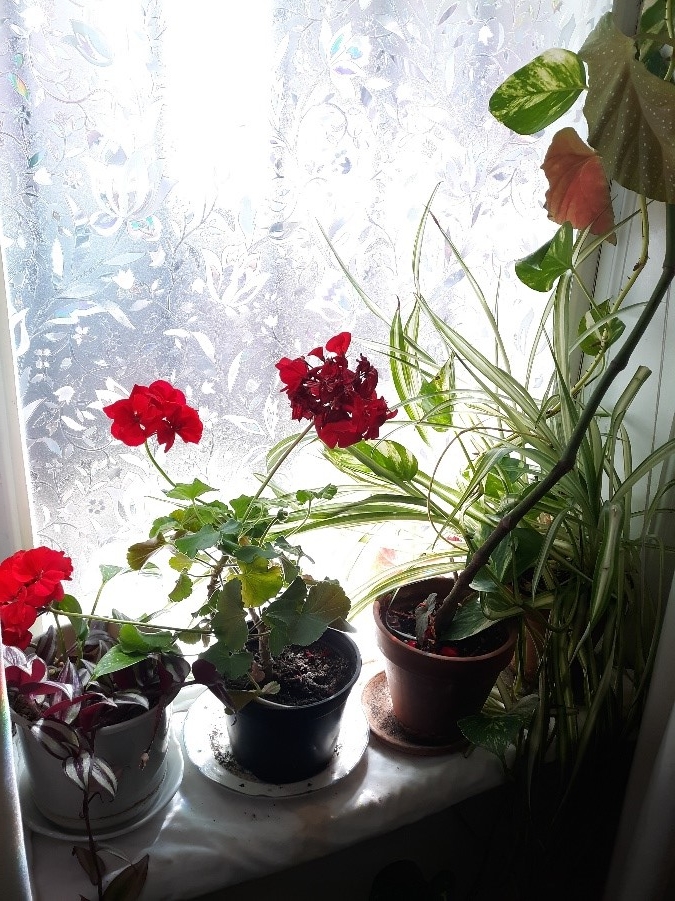

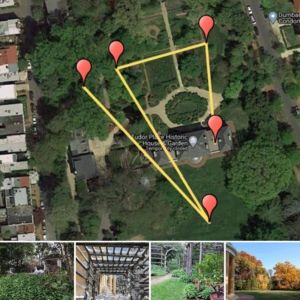


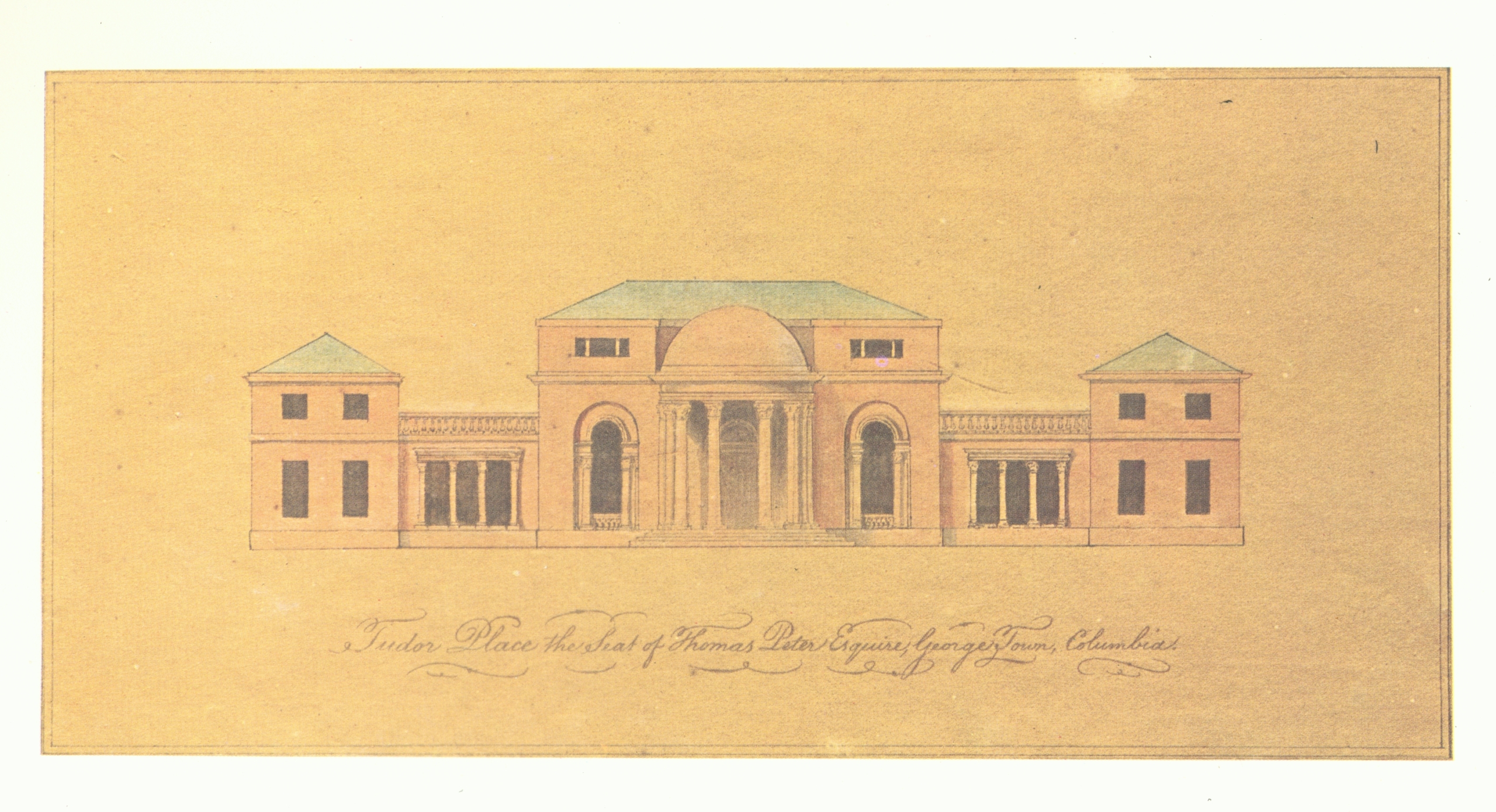
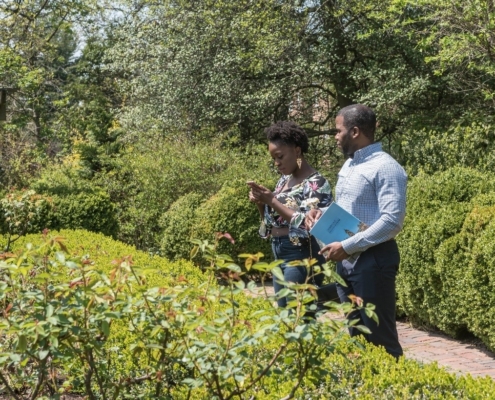
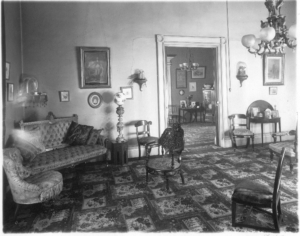

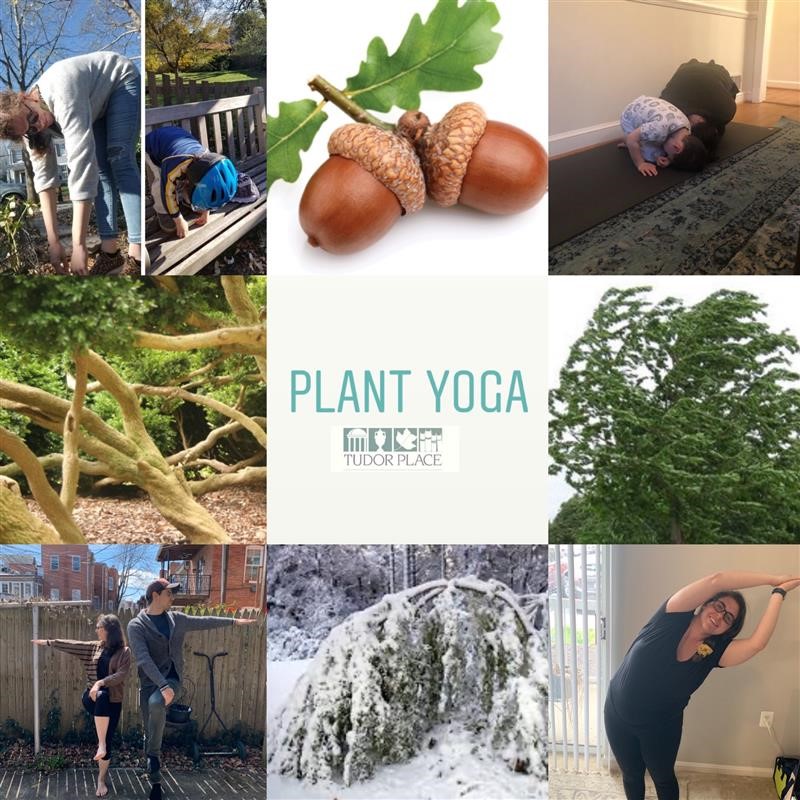
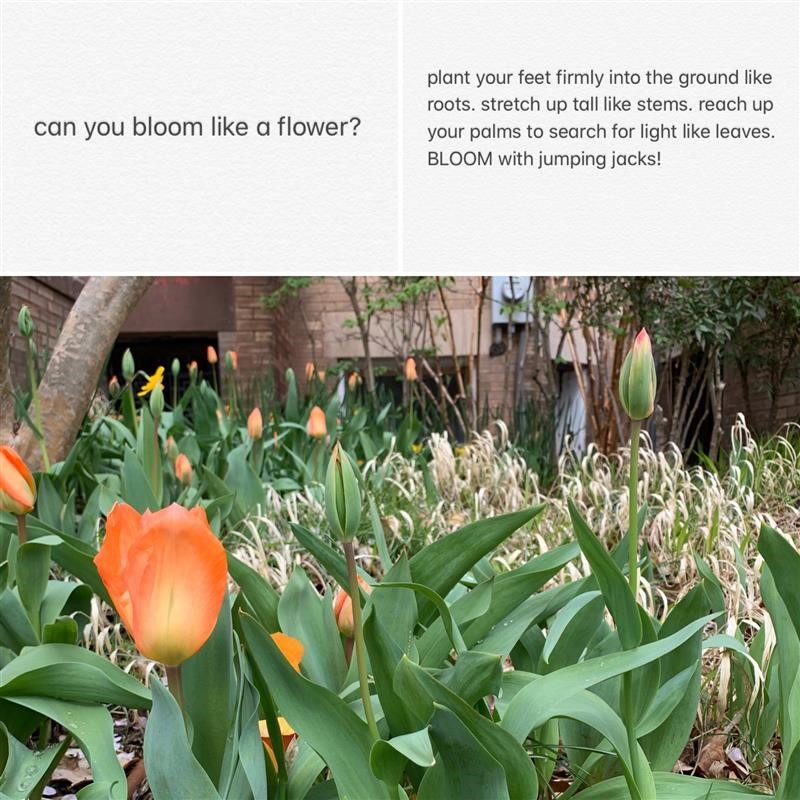
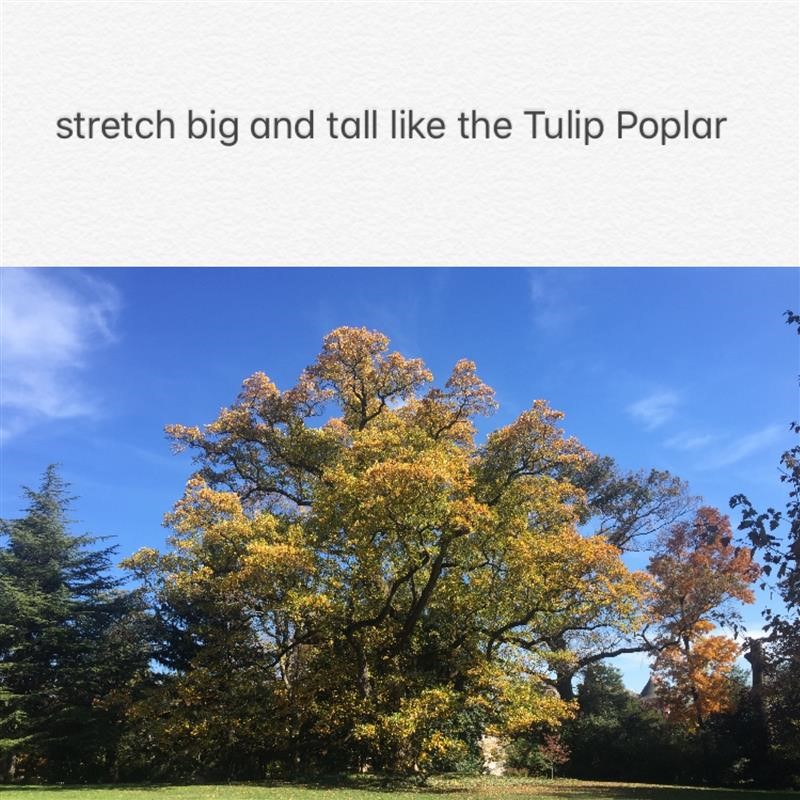
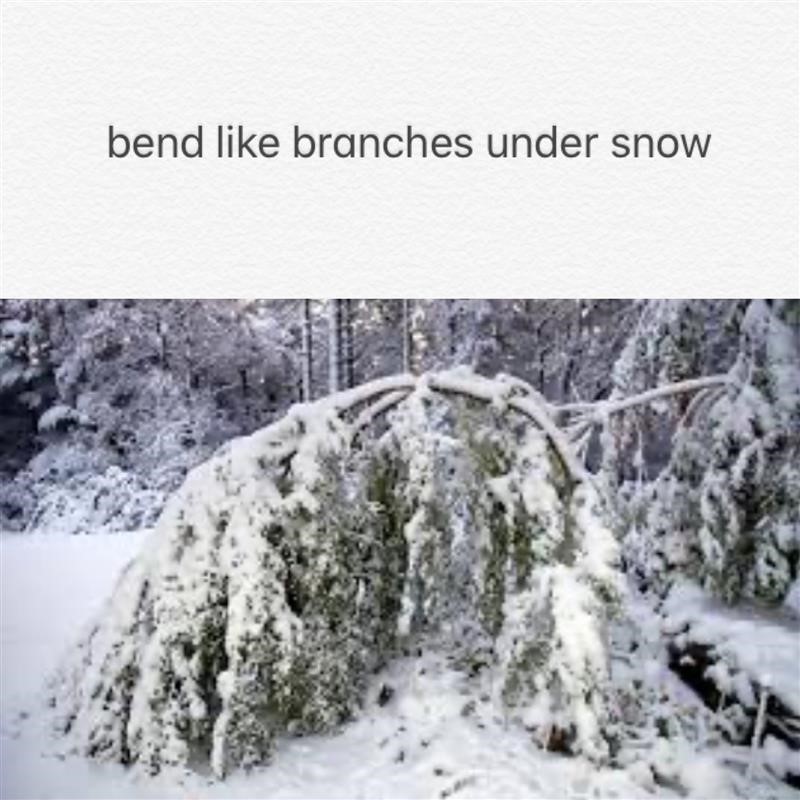
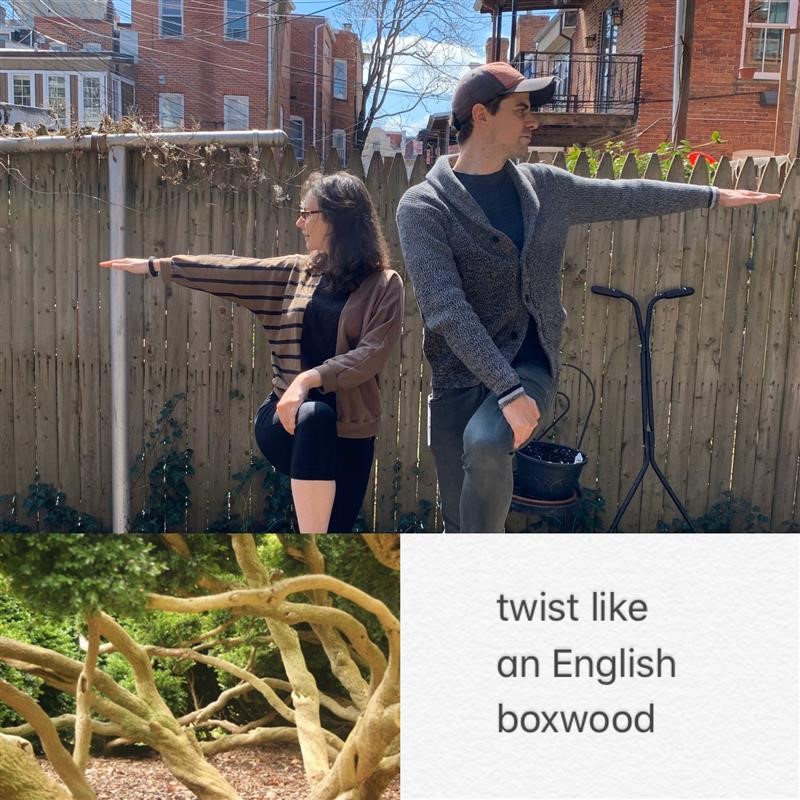
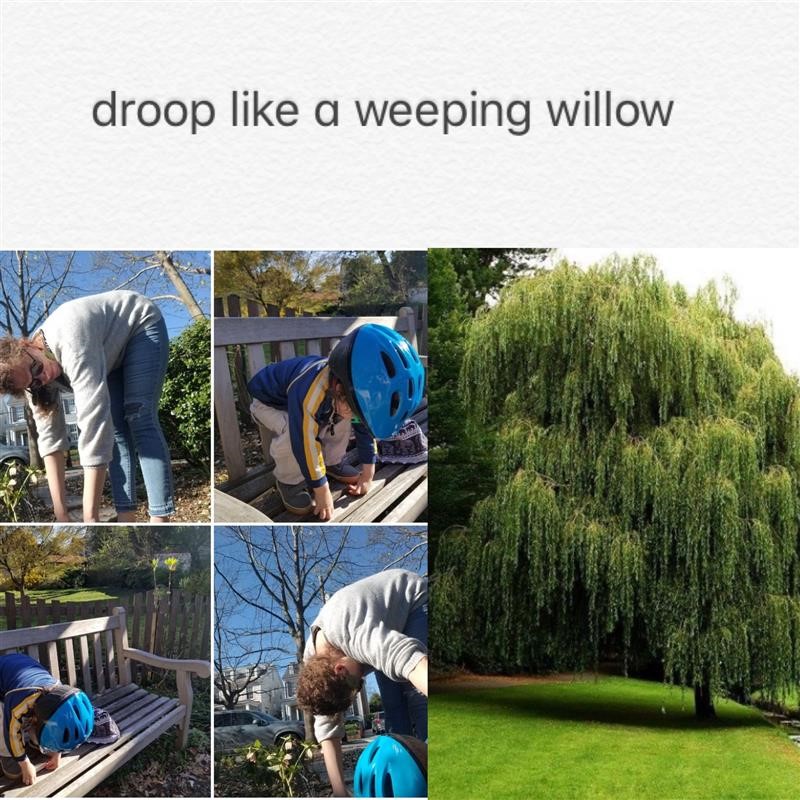
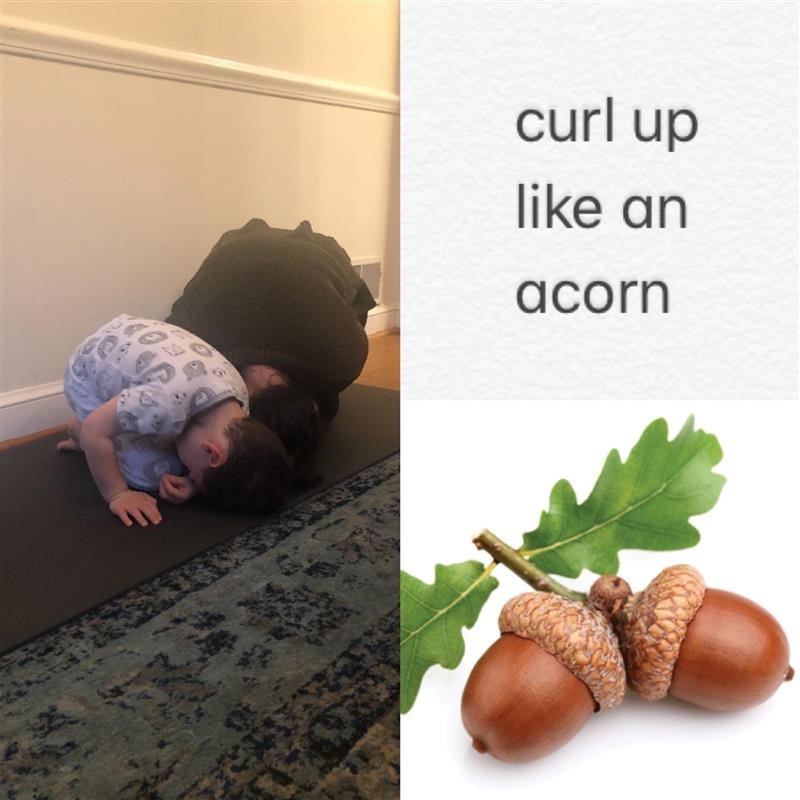
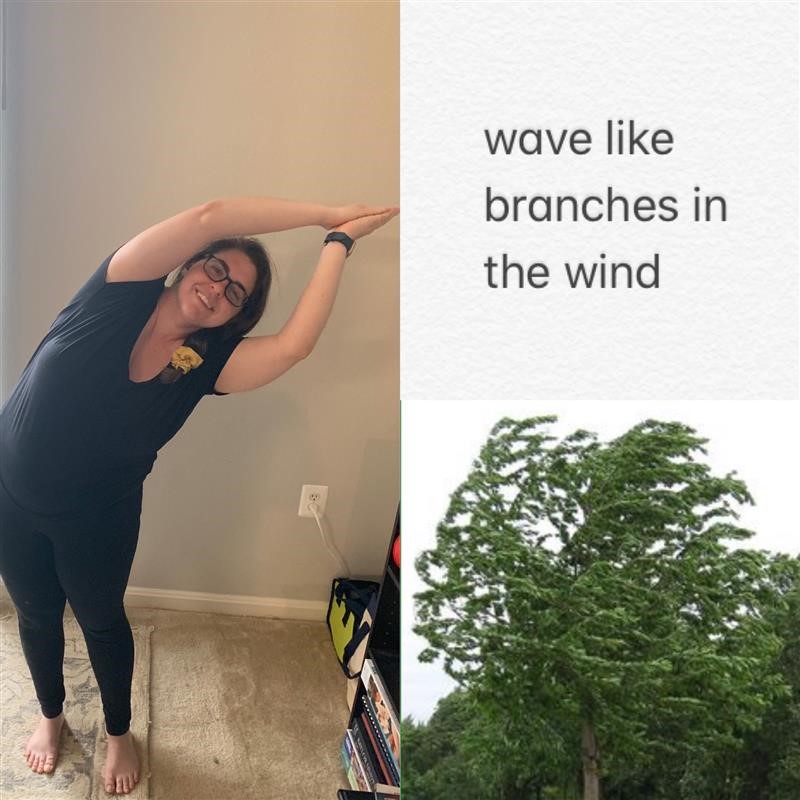 Questions? Comments? Photos to share? Email us with your Education at Home needs:
Questions? Comments? Photos to share? Email us with your Education at Home needs: 